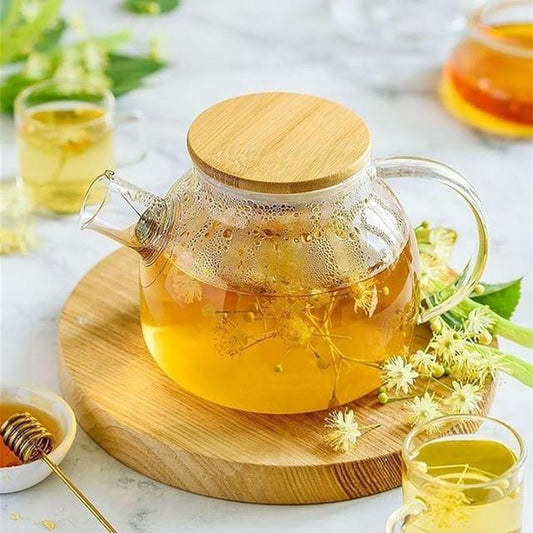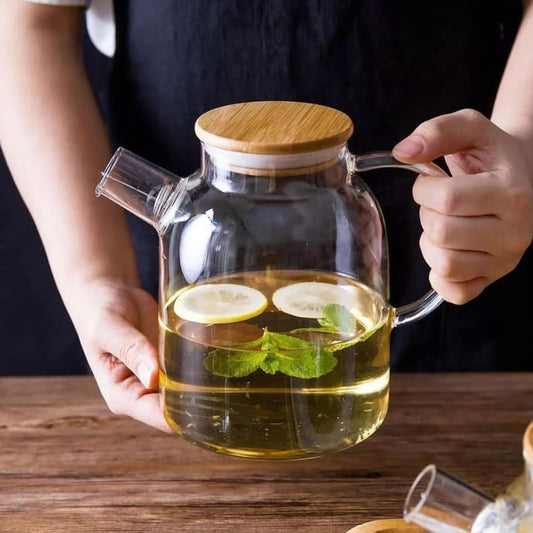Zero-Waste Desserts: Turning Peels, Pulp & Scraps Into Gourmet Treats

♻️ Zero-Waste Desserts: Turning Peels, Pulp & Scraps Into Gourmet Treats
Pastry chefs leading the sustainability charge — how kitchens convert leftover peels, pulps and byproducts into show-stopping sweets that taste delicious and cut waste.
Why Zero-Waste Dessert Is More Than a Trend
In 2025, waste is a culinary design constraint — and a source of flavor. Zero-waste desserts treat “scraps” as ingredients rather than trash: citrus peels become candied garnishes, coffee grounds infuse ice cream, and leftover bread transforms into delicate crumbs and financiers. The payoff is threefold: sustainable kitchens, lower food costs, and new depths of flavor that luxury diners want to taste and talk about.
How It Works — Common Zero-Waste Techniques
Here are the core techniques pastry teams use to turn remnants into stars:
- Candying & Zesting Peels: Citrus rinds (lemon, orange, grapefruit) get blanched, simmered in a light syrup, and dried — used as crunchy garnishes or folded into batters.
- Pulp To Purée & Curds: Fruit pulp from juicing becomes curds, coulis or sorbets — concentrated flavor with minimal waste.
- Nut & Seed Pulp: Almond or oat pulp (from milk production) is dried, toasted, and milled into flour for crusts, cookies, or energy bites.
- Spent Coffee & Cocoa: Cold-brewed spent grounds re-infuse custards or are toasted into cocoa-like powder for dusting.
- Stale Bread & Cake Scraps: Turned into breadcrumbs, panade for custards, or reworked into tiramisu bases and bread puddings.
- Vegetable Tops & Herb Stems: Carrot tops → pistou; beet greens → herb oil to finish desserts with vegetal brightness.
- Fermentation & Preservation: Ferment peels and pulp to create complex tangs (e.g., fermented apple pulp gel for tarts).
The goal: minimal processing, maximal flavor. Think of scraps as concentrated ingredients — their reduced volume equals concentrated taste.
Chef Case Studies: Real Kitchens, Real Results
Three Easy (Chef-Tested) Zero-Waste Recipes
-
Candied Citrus Peel & Olive-Oil Cake
Use leftover peels from juicing
Simmer blanched peels in 50% sugar syrup until translucent, dry. Fold chopped peels into olive-oil cake batter and top with shard and a sprinkle of sea salt after bake. -
Spent Coffee Ice Cream (Chicory Twist)
Re-infuse spent grounds for deep roast notes
Cold-brew spent coffee grounds in milk/cream mix for 12 hours, strain, make custard base, churn. Add a touch of toasted chicory syrup for bitterness balance. -
Almond-Pulp Shortbread Crumble
Dry and mill leftover almond pulp
Dry pulp at low temp, blitz to powder, mix with butter, sugar and a little flour for a nutty crumble topping — perfect for poached fruit.
Menu Ideas & How to Pitch Them to Guests
Position zero-waste desserts as both ethical and luxurious. A few menu approaches that work:
- “From the Roots” tasting: a flight of small desserts each built from preserved or repurposed elements.
- Limited-edition “Scrap Specials”: rotate weekly — scarcity drives curiosity and reduces inventory pressure.
- Pairing nights: show how spent coffee ice cream elevates digestifs — education builds value.
Business Benefits — Dollars & Sense
While zero-waste desserts start with ethics, they quickly show financial returns:
- Cost reduction: Reusing byproducts lowers ingredient spend (less wasted fruit, less spent milk pulp).
- New revenue streams: Signature zero-waste dishes can be premium items with strong margins.
- Brand differentiation: Sustainability sells — press and diners reward thoughtful programs.
- Waste disposal savings: Lower landfill/compost hauling costs as kitchens divert usable matter into recipes.
Challenges & Practical Solutions
Implementing zero-waste pastry techniques isn’t frictionless. Here are common problems and pragmatic fixes:
- Food safety concerns: Solution — clear SOPs for storage, blanching, and shelf-life labeling.
- Flavor inconsistency: Solution — batching, standard conversion ratios, and small-batch testing.
- Staff training: Solution — run short workshops with practical demos and cheat-sheets for stations.
- Perception risk: Solution — tell the story on menus and servers’ scripts; guests love transparency when it’s tasty.
Sustainability Metrics Worth Tracking
To measure impact, kitchens should track:
- Weight of ingredients repurposed per week (kg)
- Reduction in compost/landfill pickup weight (%)
- Cost savings on raw ingredients ($/month)
- Revenue from zero-waste menu items ($ and % of total dessert sales)
Small, consistent improvements compound into meaningful sustainability wins.
Home Baker Tips: Try Zero-Waste Desserts Tonight
You don’t need a pro kitchen to start:
- Freeze fruit pulp from your juicer — perfect for smoothies or sorbets.
- Dry almond/oat pulp in a low oven and use as mix-in flour for cookies.
- Save citrus peels in the freezer until you have a batch to candy.
- Stale bread + milk + egg = easy bread pudding — zero waste, maximum comfort.
FAQs
Is zero-waste pastry safe to serve?
Yes — with proper blanching, cooling, labeling, and storage protocols. Treat repurposed ingredients like any other perishable: date them and track cold chain.
Do diners accept desserts made from “scraps”?
When framed as creative sustainability with great taste, diners respond enthusiastically. Storytelling (menu notes, server lines) turns “scraps” into a selling point.
Will zero-waste desserts limit creativity?
Quite the opposite: constraints spur innovation. Chefs often create their most-loved dishes when challenged to work within limits.
Share:





